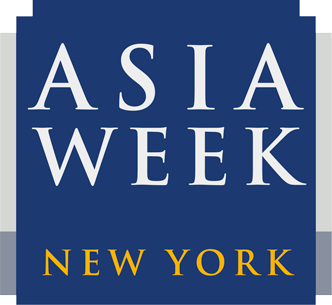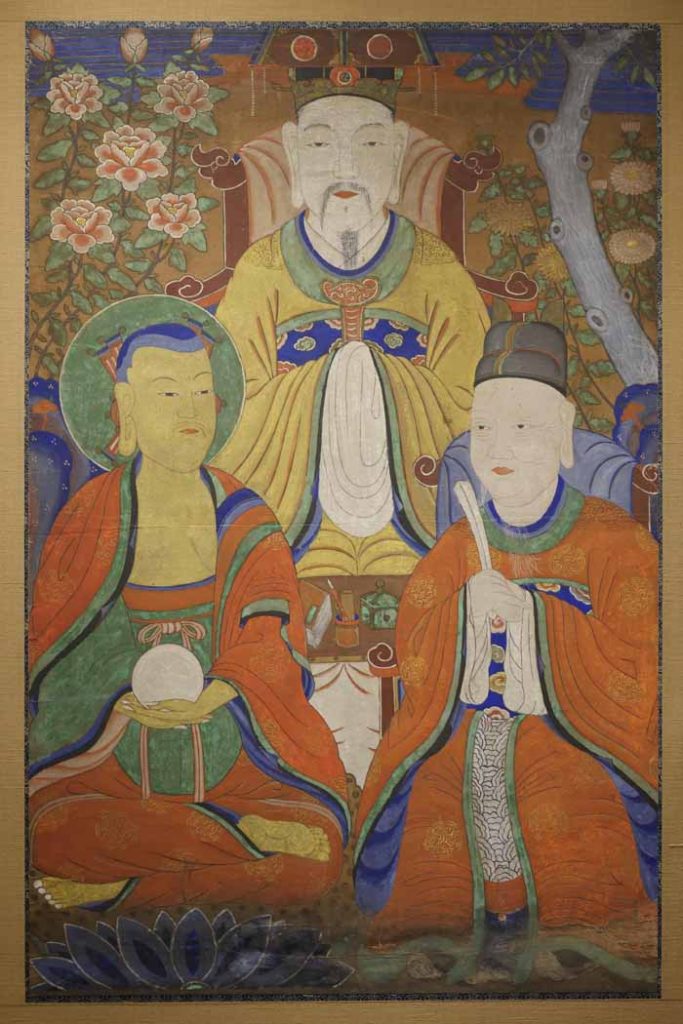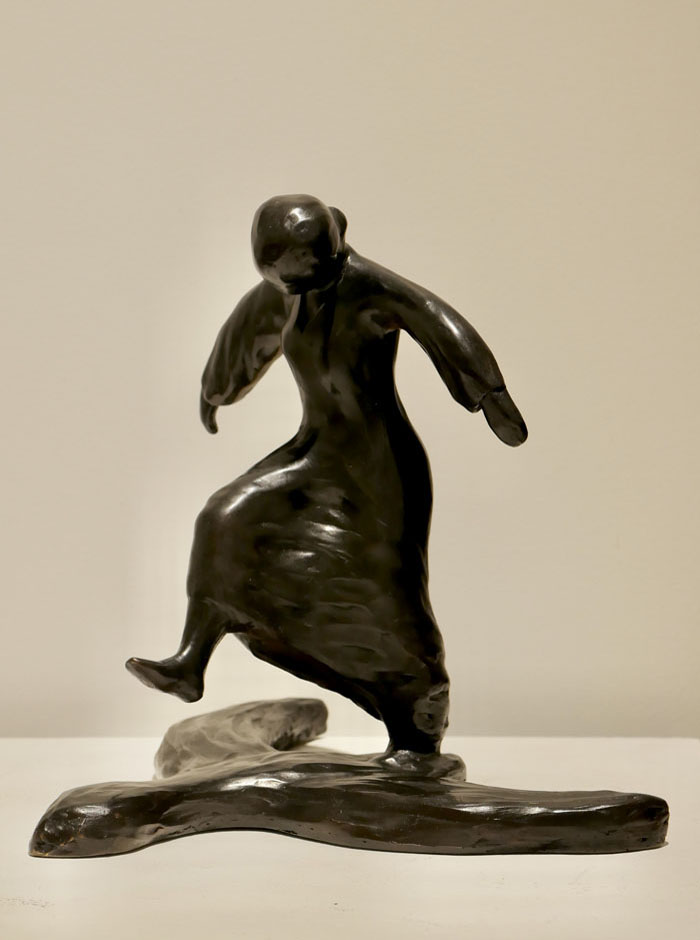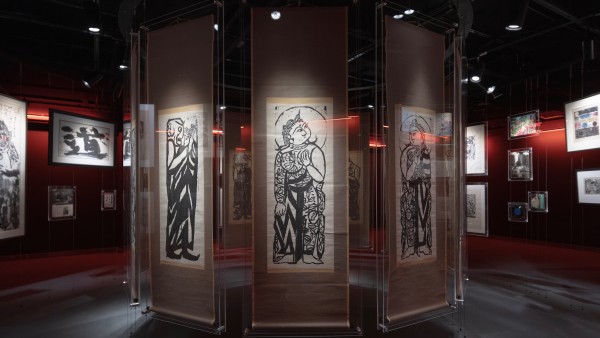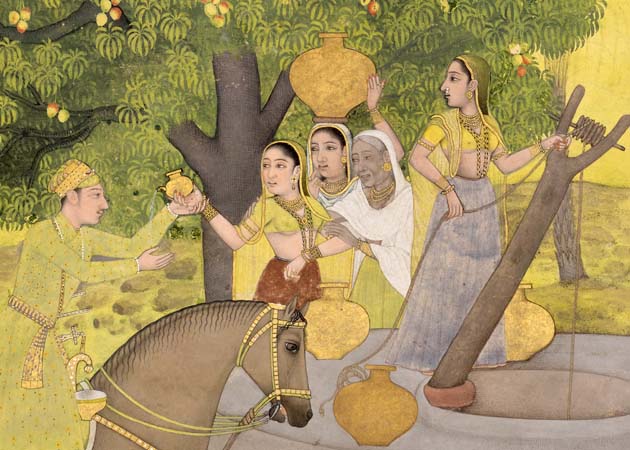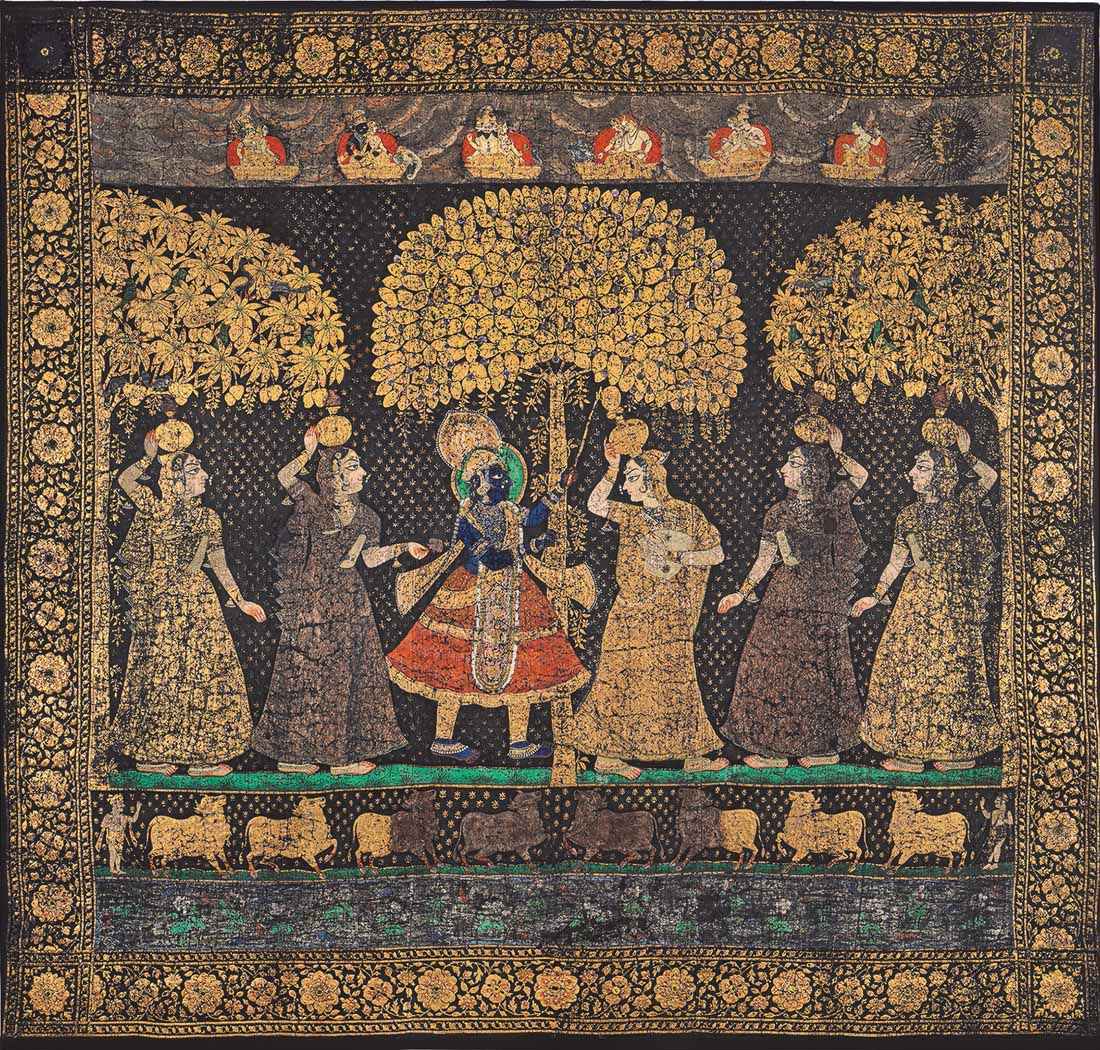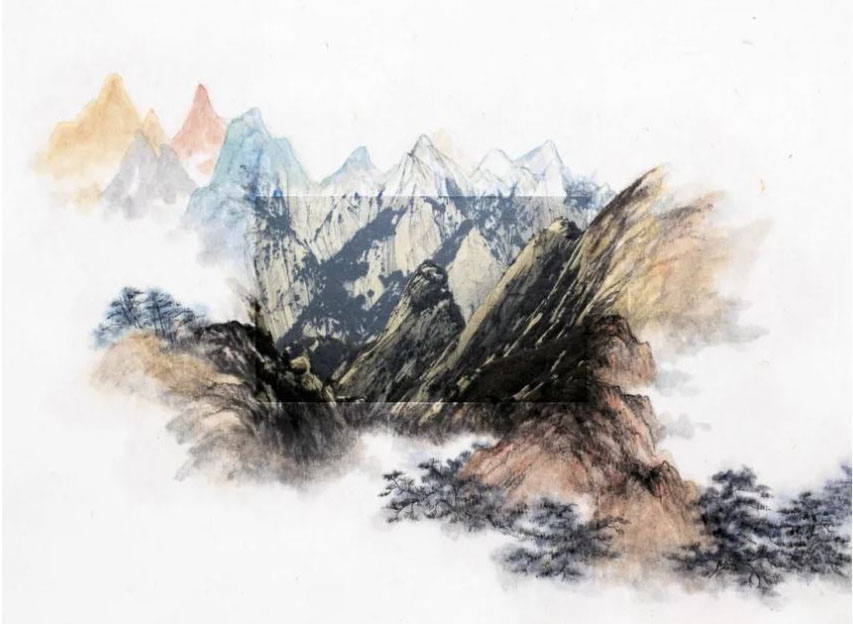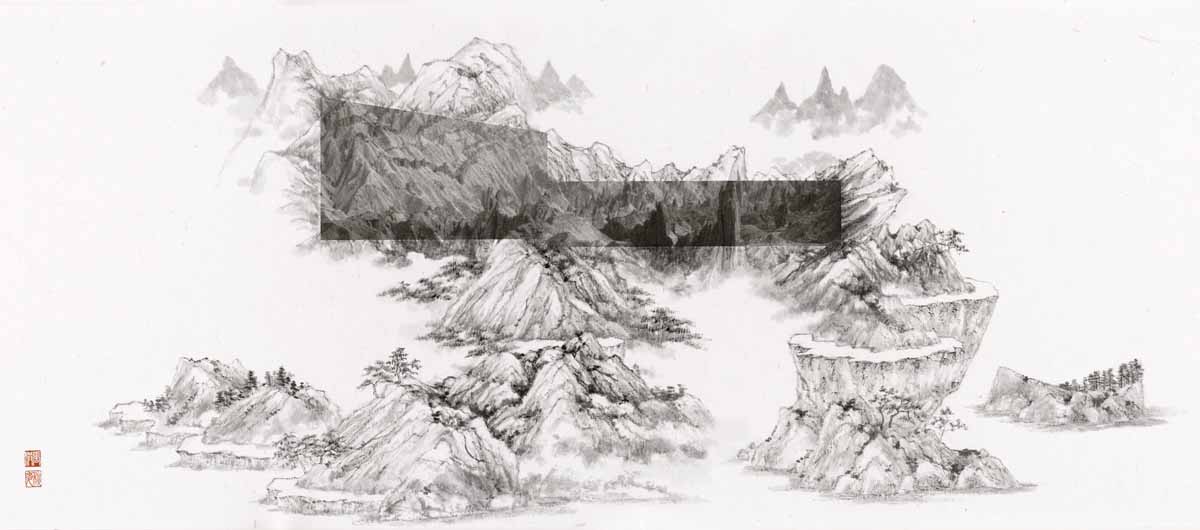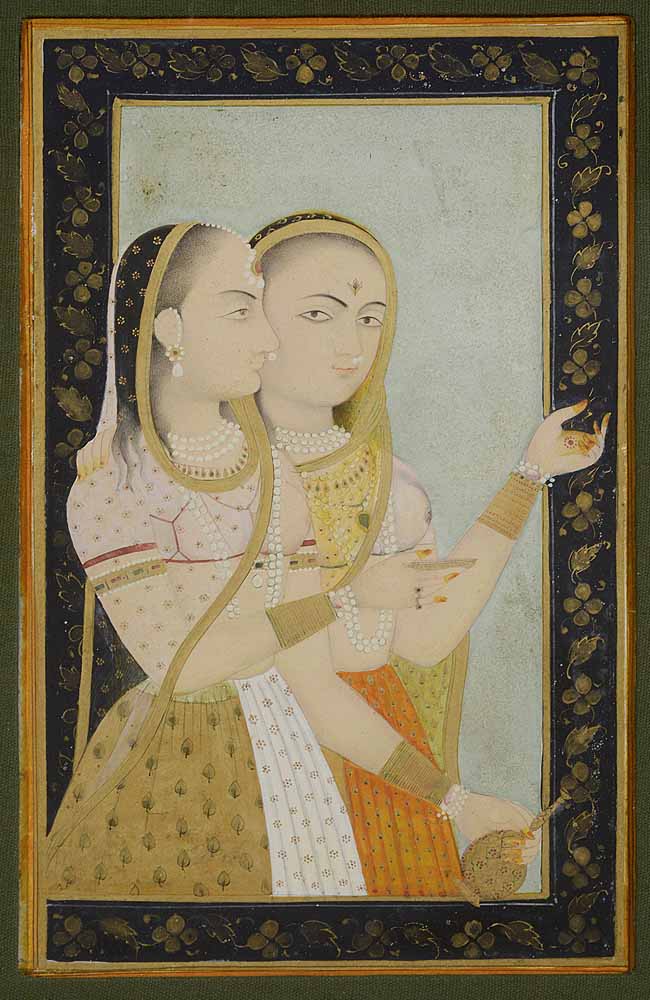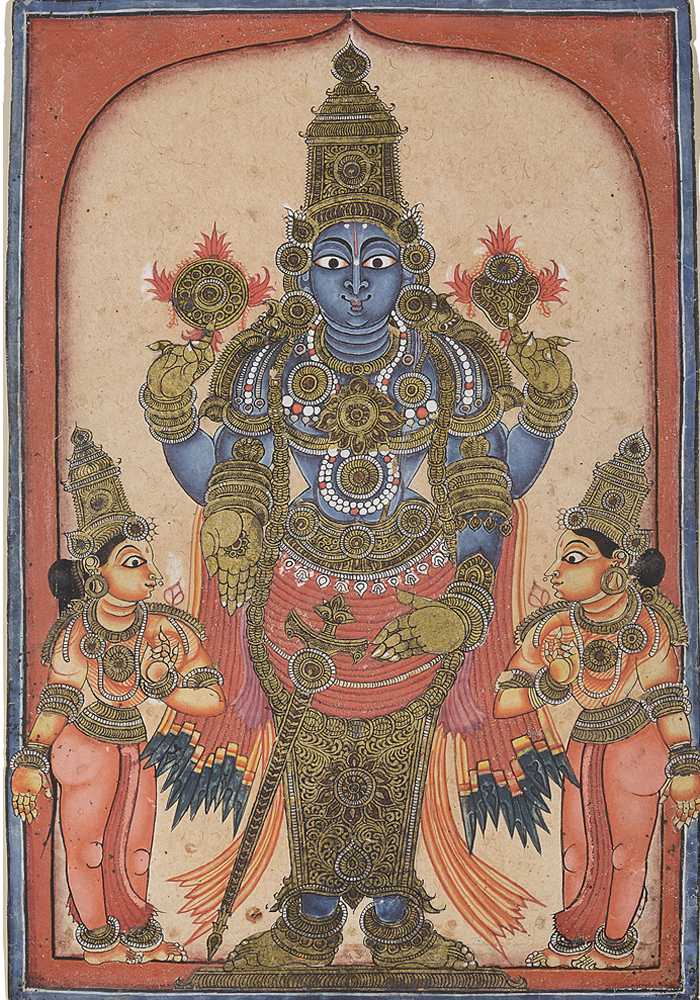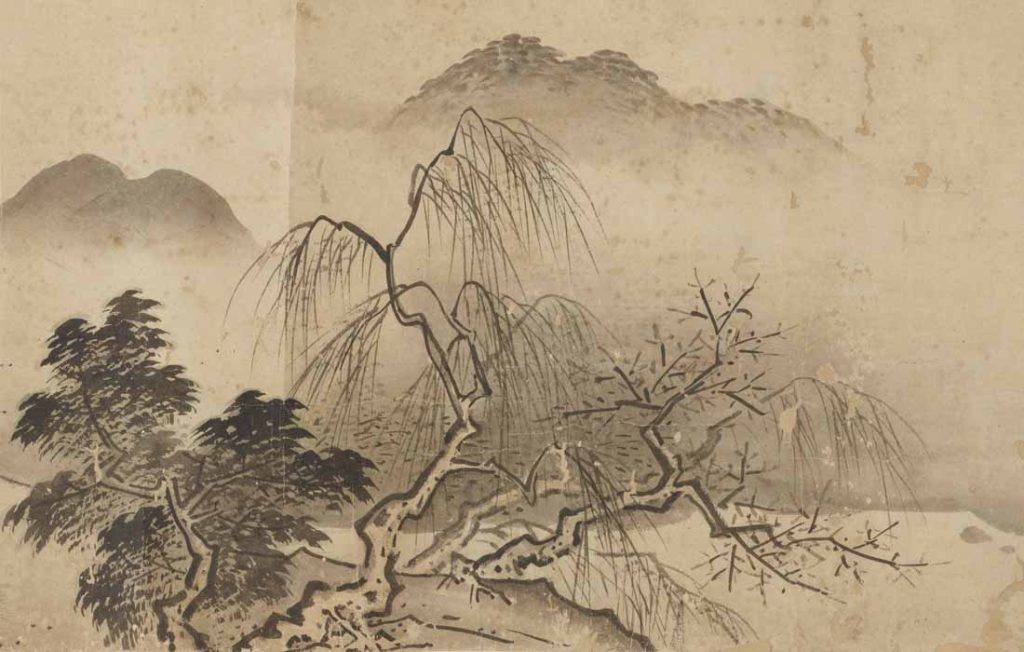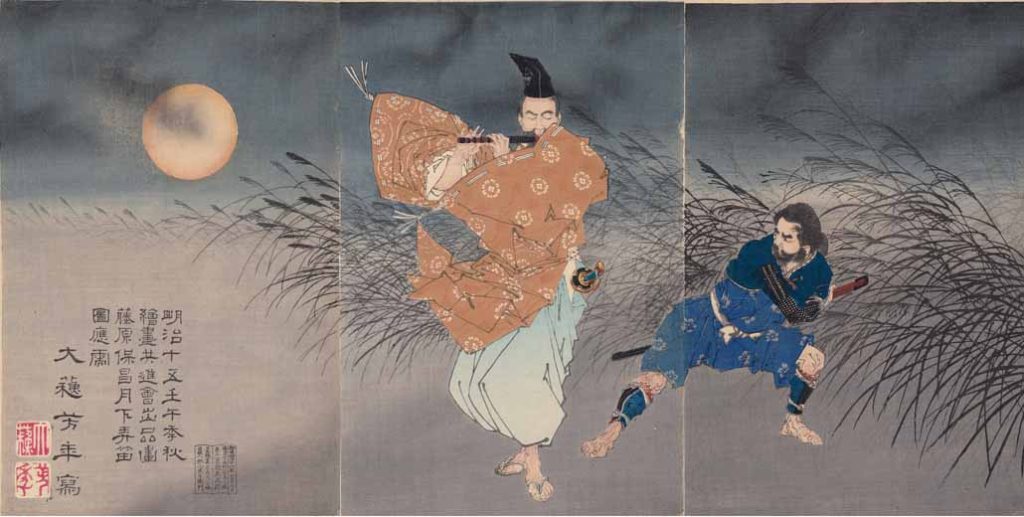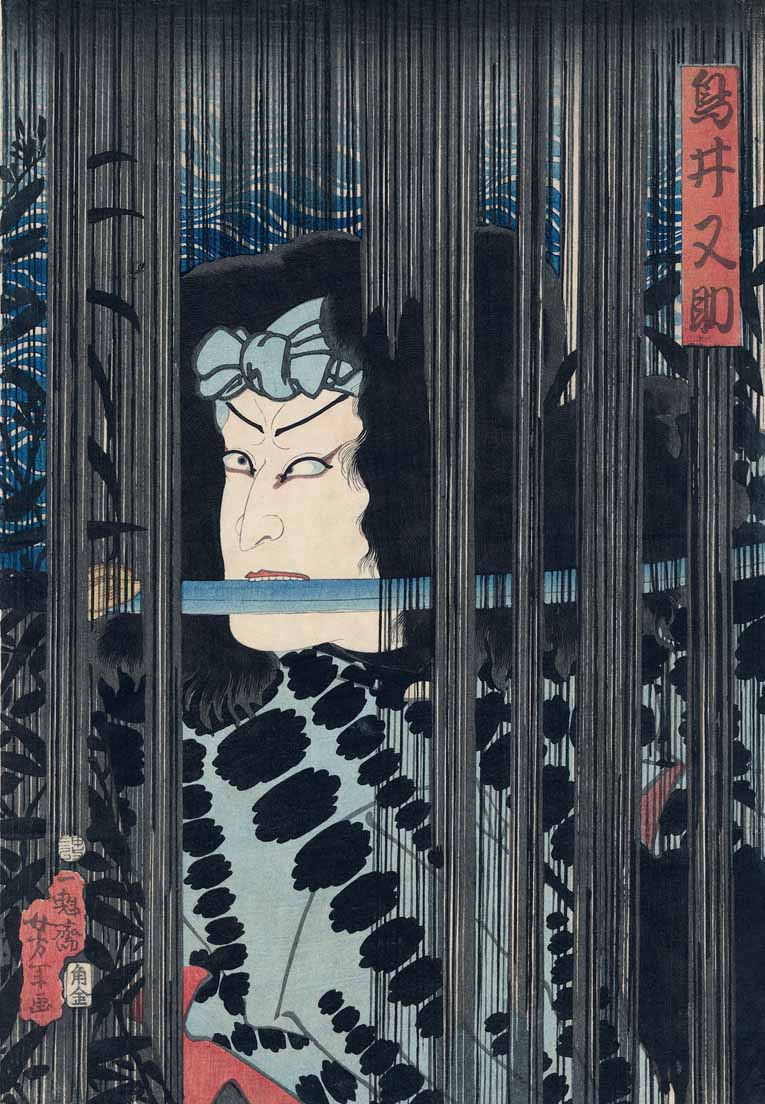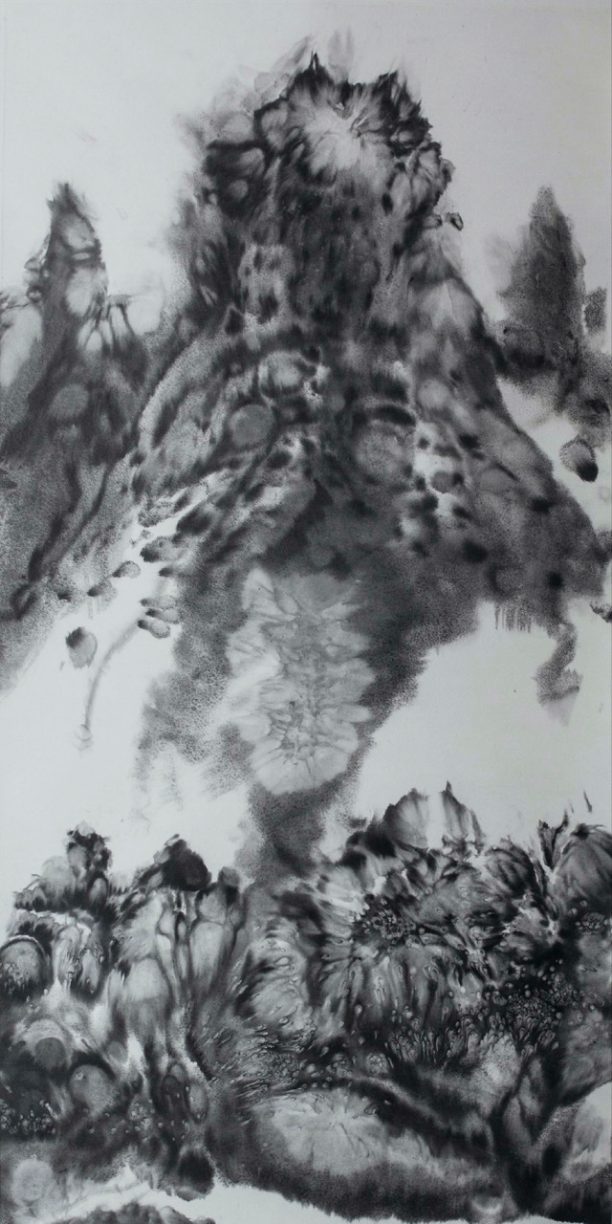
Bingyi, White Clouds and Dark Beasts 《白云苍狗》, 2021, ink on xuan paper
Bingyi: Land of Immortals, INKstudio
March 16-25
Exhibiting at:
Joan B. Mirviss Ltd
39 East 78th Street
Bingyi will premier new ink paintings from her site-specific Taihang Mountains series in which she explores the Northern Song landscape tradition.
An artist, architectural designer, curator, cultural critic, and social activist,
Bingyi (冰 逸, b. 1975, Beijing) has developed a multi-faceted practice that encompasses land and environmental art, site-specific architectural installation, musical and literary composition, ink painting, performance art, and filmmaking. Adopting a non-anthropocentric perspective and channeling nature’s creative agency, her work is centrally concerned with the themes of ecology, ruins, rebirth, and poetic imagination. After pursuing university-level studies in biomedical and electronic engineering in the United States, Bingyi earned a Ph.D. in Art History and Archeology from Yale University in 2005 with a dissertation on the art of the Han Dynasty.
This exhibition will be displayed in tandem with Kondō Takahiro: Making Waves at Joan B Mirviss LTD.
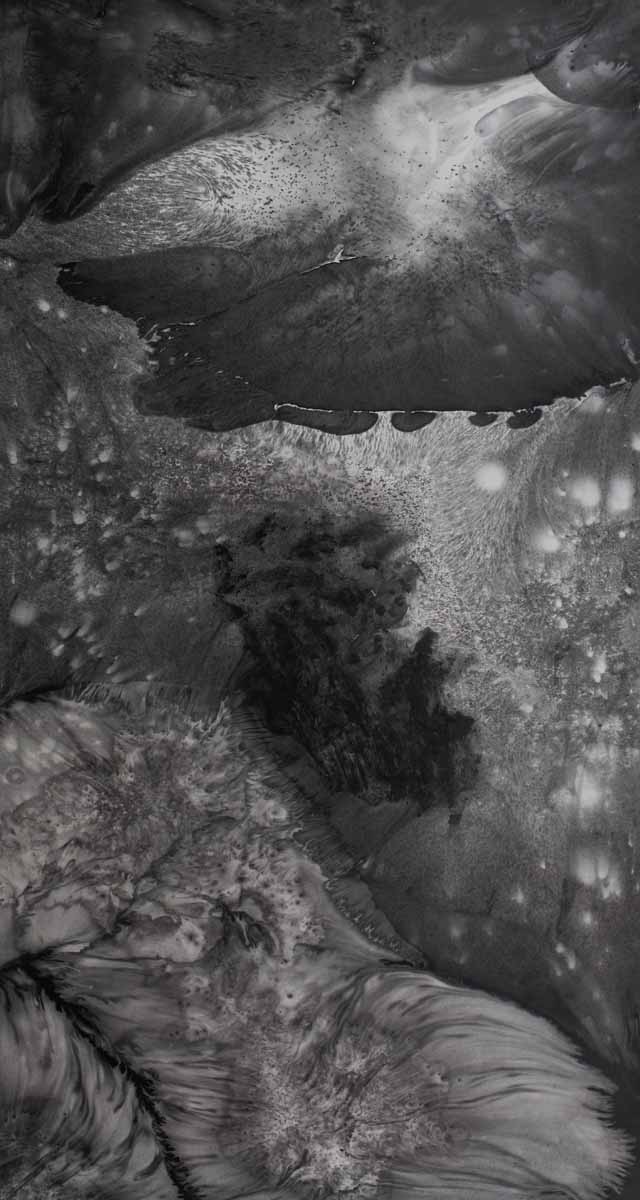
Bingyi, Sea of Stars, 2021, ink on xuan paper
INKstudio, founded in 2012 by Craig Yee and Christopher Reynolds and located in Beijing and New York, is an art gallery with the mission to present Chinese experimental ink as a distinctive contribution to contemporary transnational art-making in a closely-curated exhibition program supported by in-depth critical analysis, scholarly exchange, bilingual publishing, and multimedia production. INKstudio's program encompasses Postwar and contemporary artists from China, Taiwan, Hong Kong, Korea and Japan. Dr. Britta Erickson, INK Studio’s Artistic Director and an independent scholar and curator living in Palo Alto, drives all aspects of its programming and scholarly activities. Based in New York, Mee-Seen Loong joined INKstudio as director in 2018 after a long and distinguished career at Sotheby’s, where she spearheaded many new initiatives in the field of Contemporary Ink.
Read more, click here
